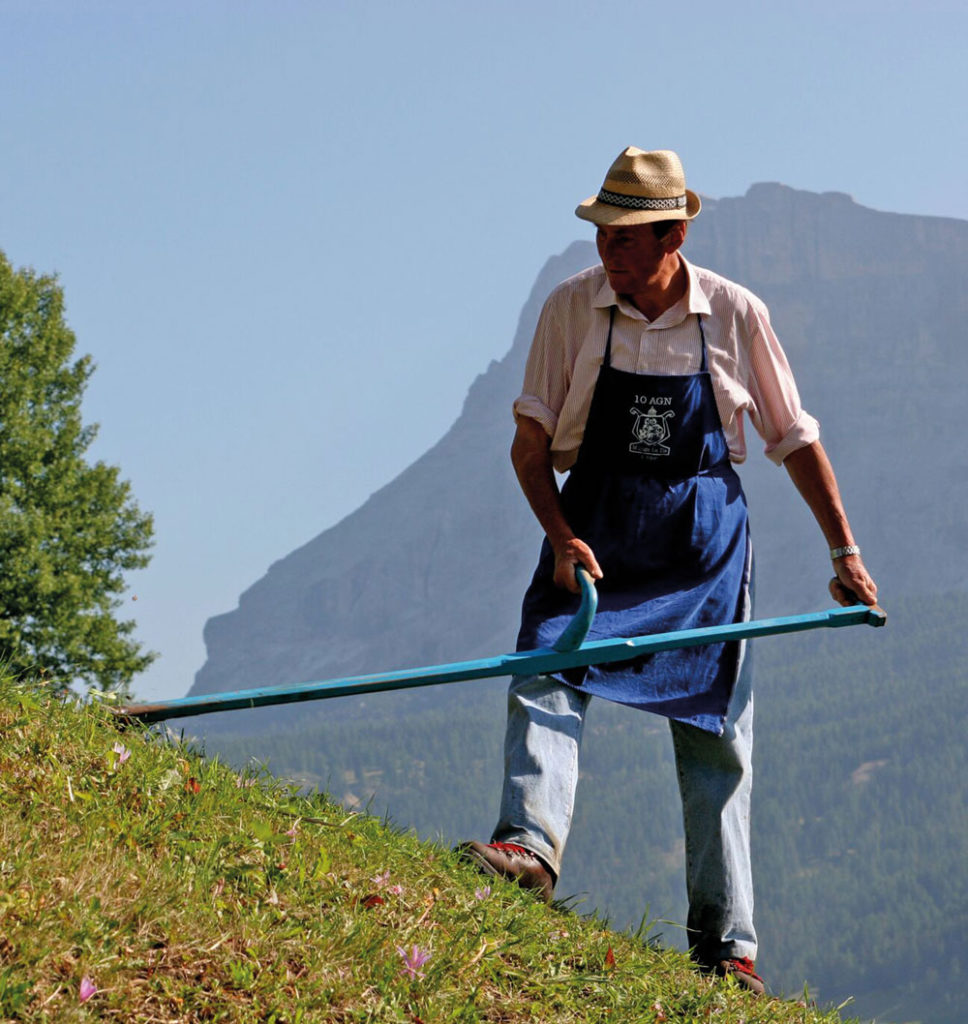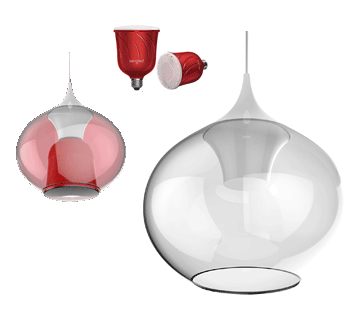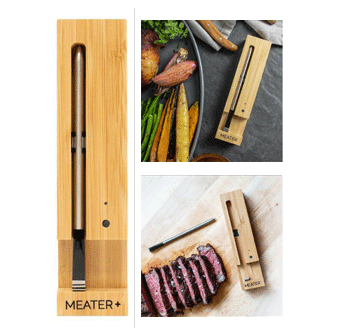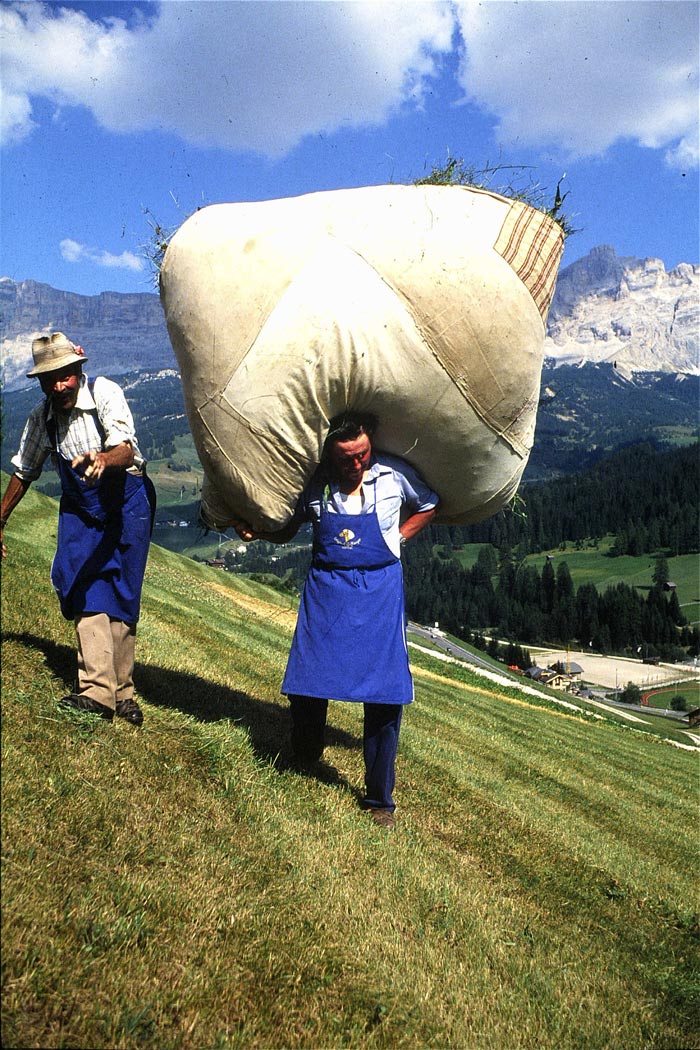The forgotten language of the Dolomites
T
he treasure of the Dolomites hides in five valleys: Val Badia, Val Gardena, Val di Fassa, Valle di Fodom (Buchenstein) and Valle d’Ampezzo. All are shaded by the up to 3,152 meter high Sella massif, in the Italian part of Tyrol. In these secluded areas, which used to be difficult to reach, an almost forgotten language can be found! Ladin, over 2,000 years old and once the most widespread language in the Alps. Today it is only spoken by about 30,000 people.
The origin of this mixture of Romansh and Latin dates back to 15 BC. At that time the Roman general Drusus conquered the region. In addition to Roman law, he brought with him above all the Latin language, which survived as Ladin.
Today Ladin is being taught again at the schools in the valleys of the so-called Dolomite Ladins. Museums tell their story, the old costumes are worn at festivals by all generations, the Ladins are proud of their long history.
For holiday guests in the region even language courses are offered, and the traditional, down-to-earth Ladin cuisine is maintained: in the old-established families, and also in courses for interested hobby cooks.
Here, the participants learn everything about regional specialties such as Schlutzkrapfen (stuffed ravioli), Tultres (dumplings stuffed with sauerkraut or spinach and ricotta) or cheese dumplings. A treasure from the Dolomites – linguistically, culturally and culinary valuable and unique!


How do we say in Ladin …?
Hello // Bun dé
Good evening // Buna sëra
Good night // Buna nöt
How are you? // Co vara pa?
Thanks // Giulan
Goodbye // A s’udëi





 e traditional gastronomy in the five valleys of the Ladin people has its roots in the farmhouse cuisine of their ancestors. The remote regions in the Italian part of Tyrol were previously hard to reach. Here, not only Ladin survived as an almost forgotten language, but also a great deal of culture and tradition. This includes the cuisine with its traditional dishes, whose preparation and recipes have been handed down from generation to generation over the centuries.
e traditional gastronomy in the five valleys of the Ladin people has its roots in the farmhouse cuisine of their ancestors. The remote regions in the Italian part of Tyrol were previously hard to reach. Here, not only Ladin survived as an almost forgotten language, but also a great deal of culture and tradition. This includes the cuisine with its traditional dishes, whose preparation and recipes have been handed down from generation to generation over the centuries.